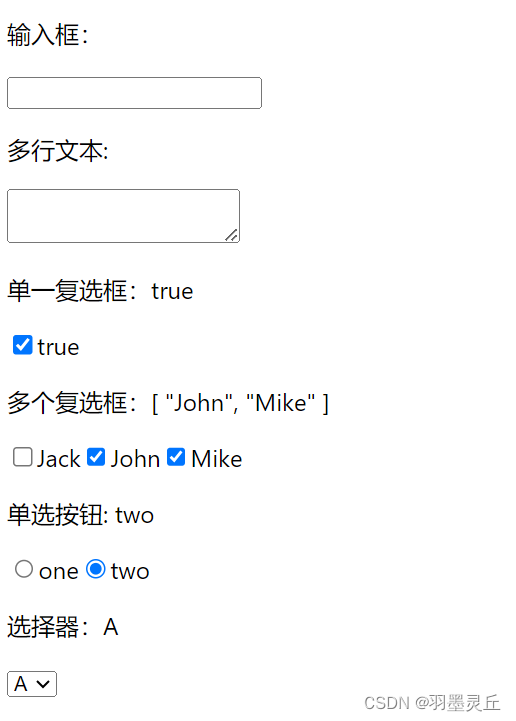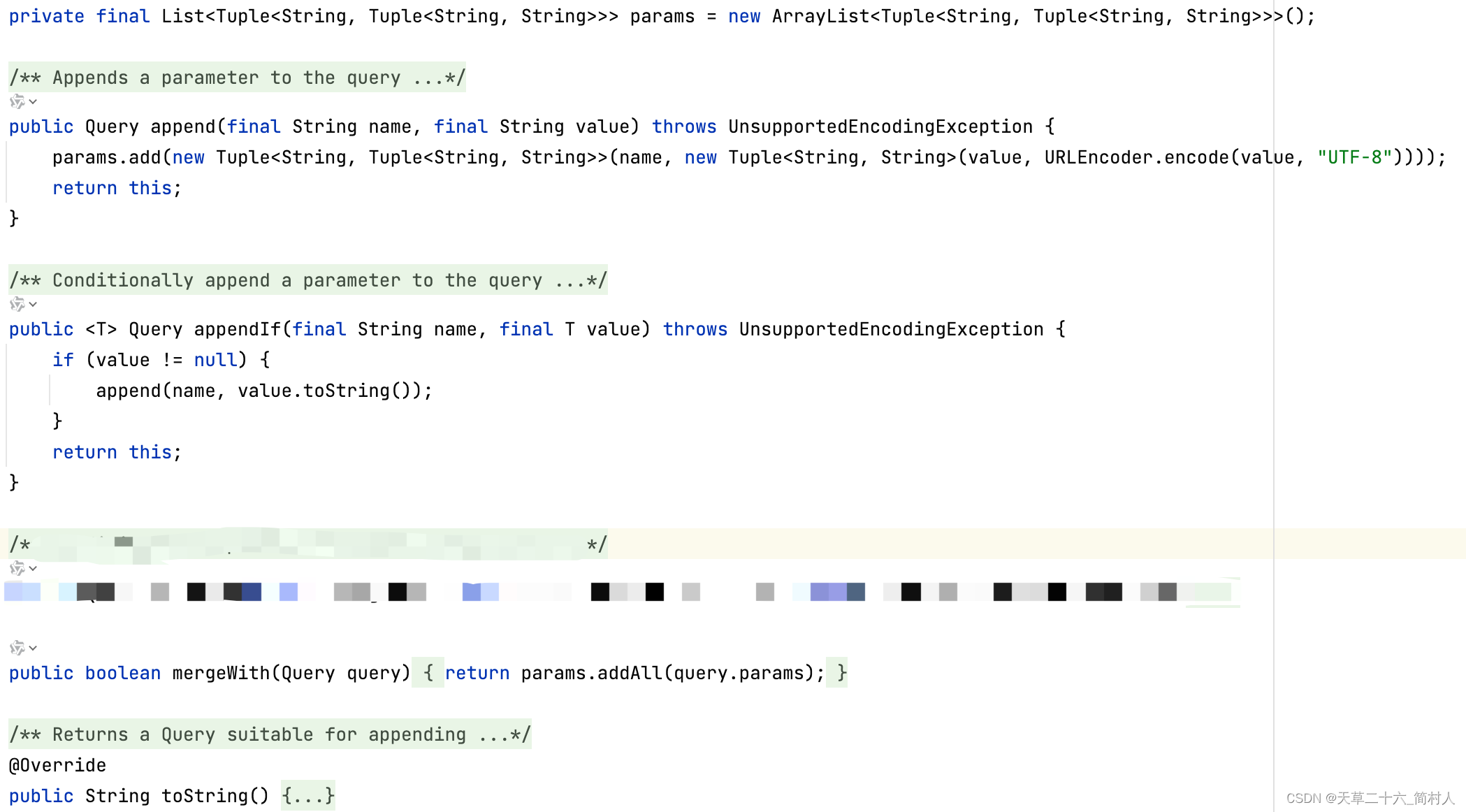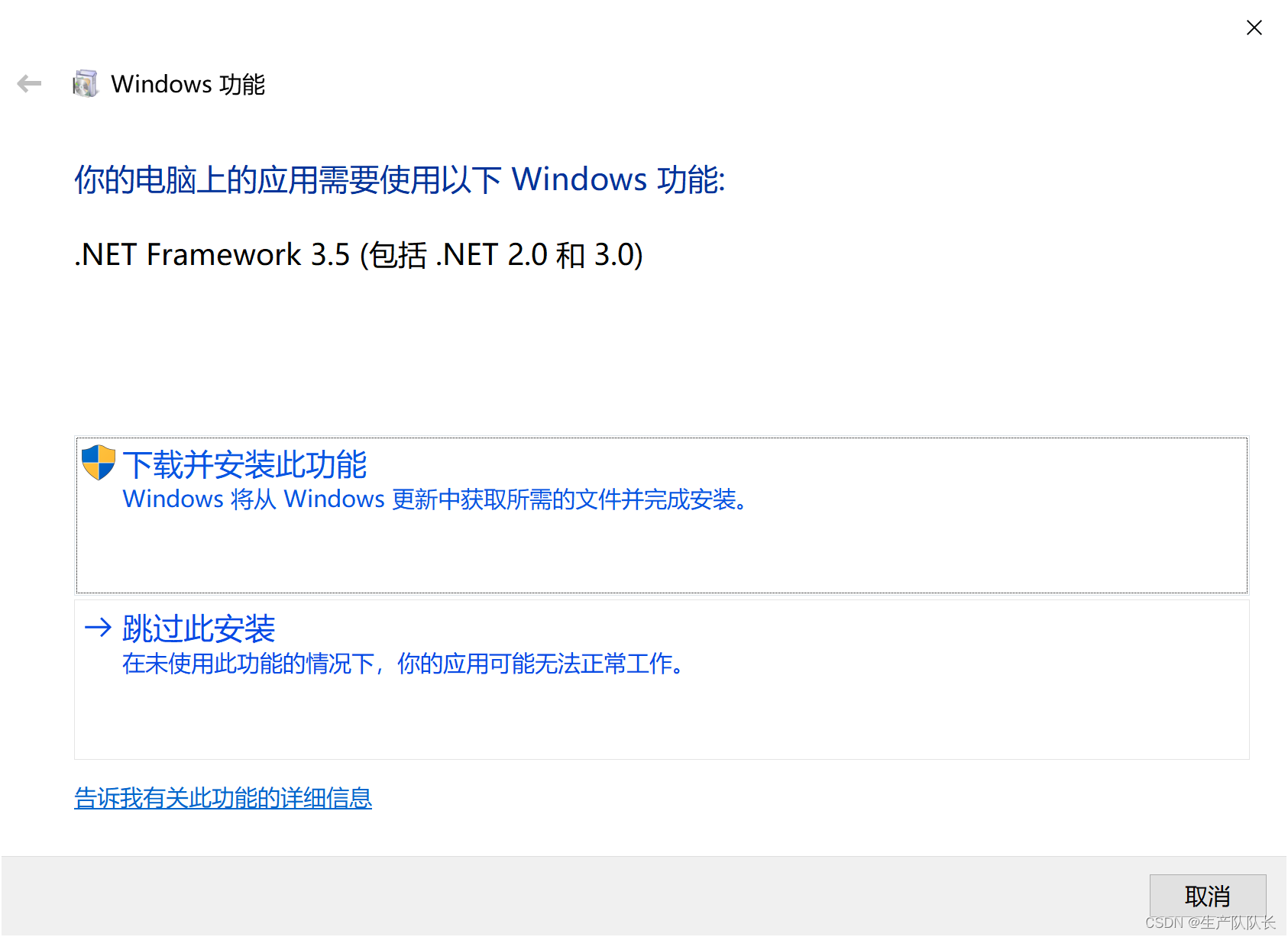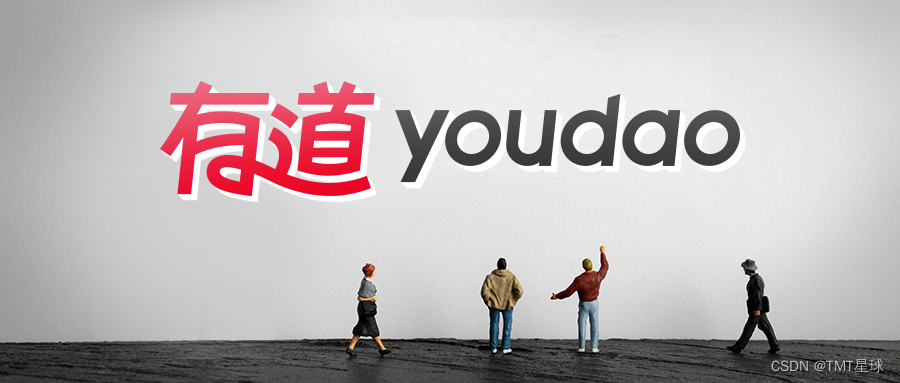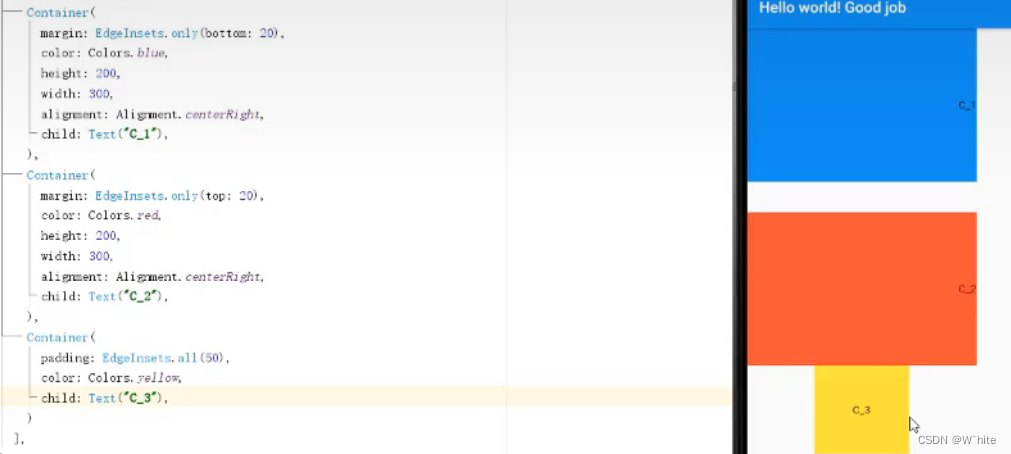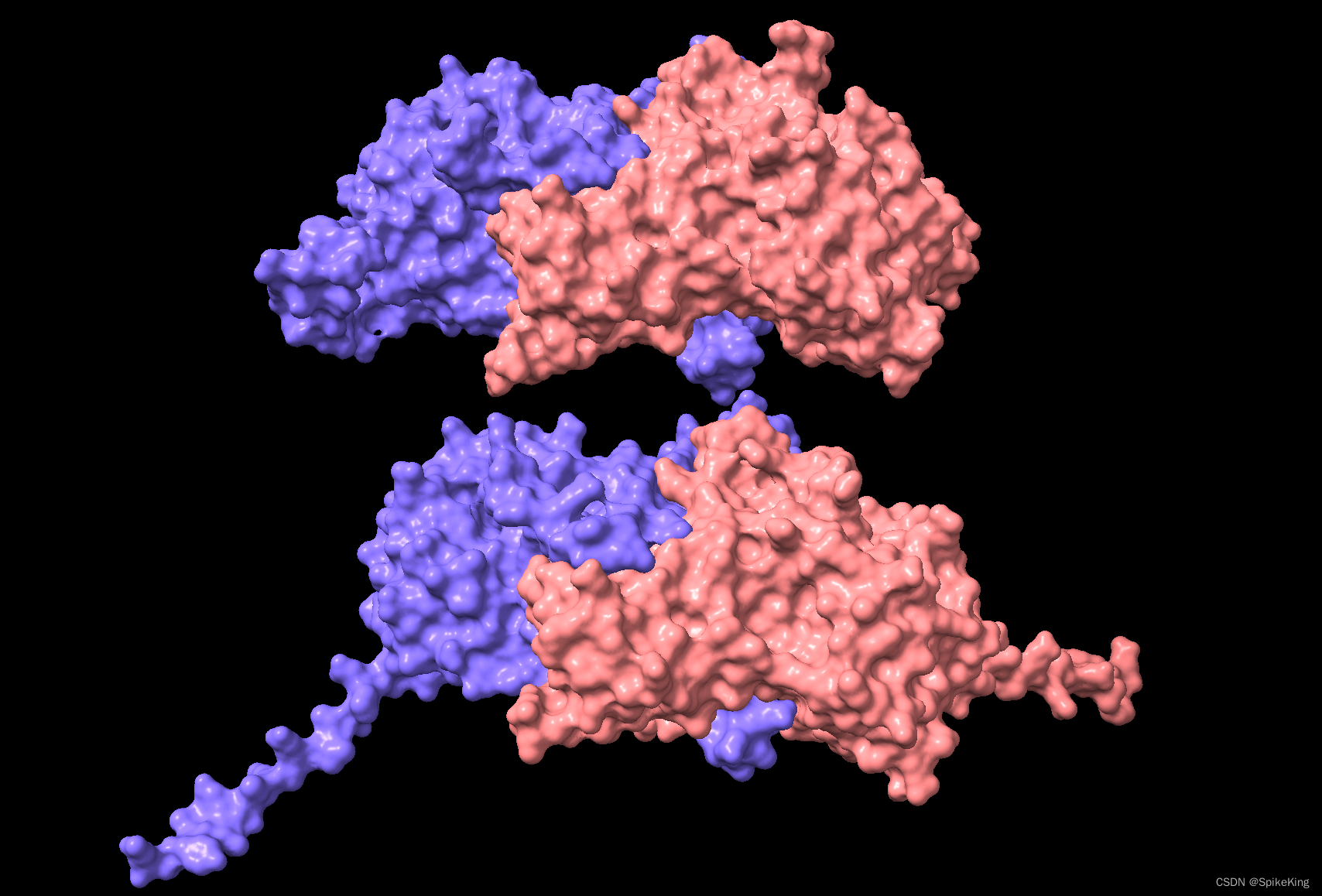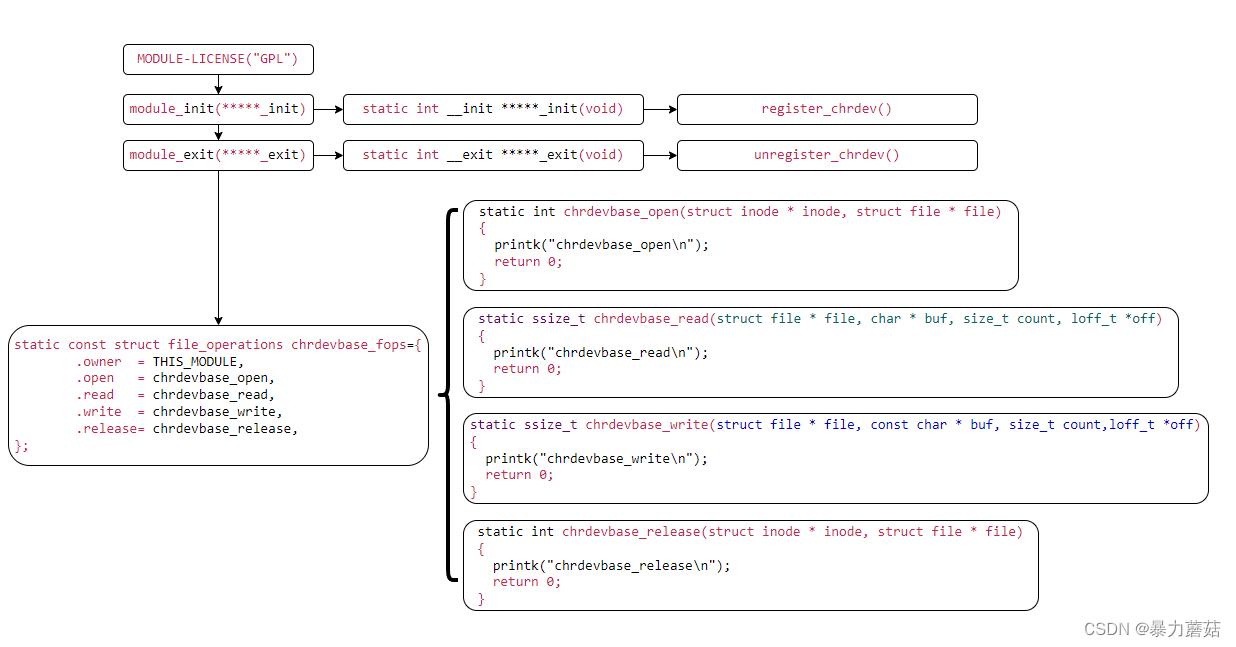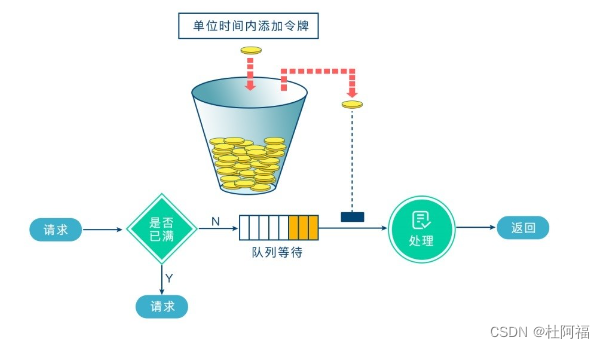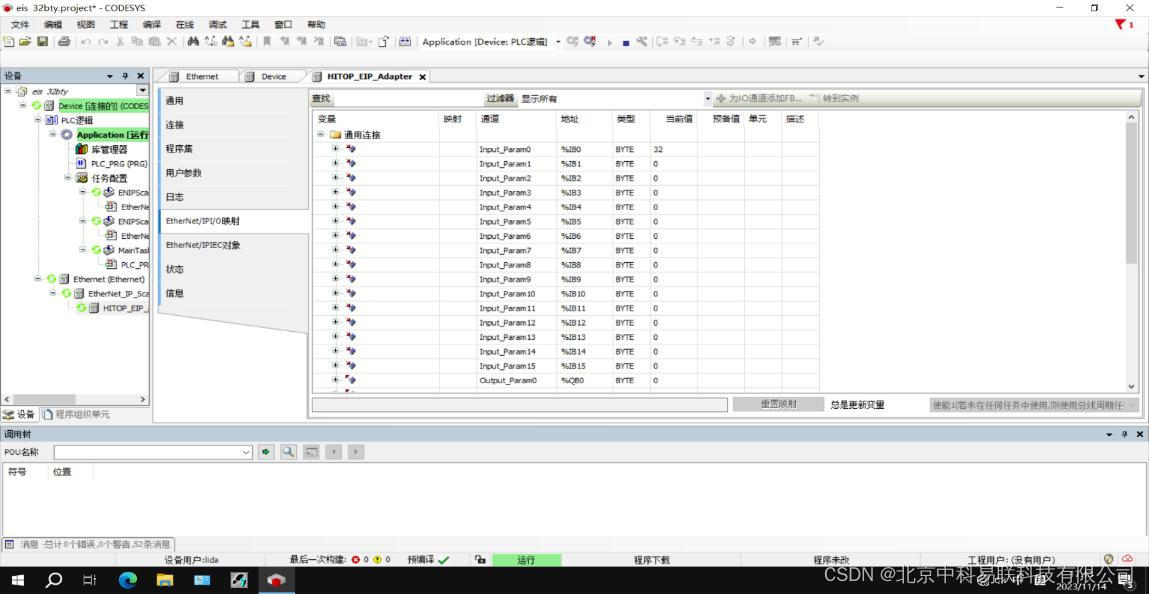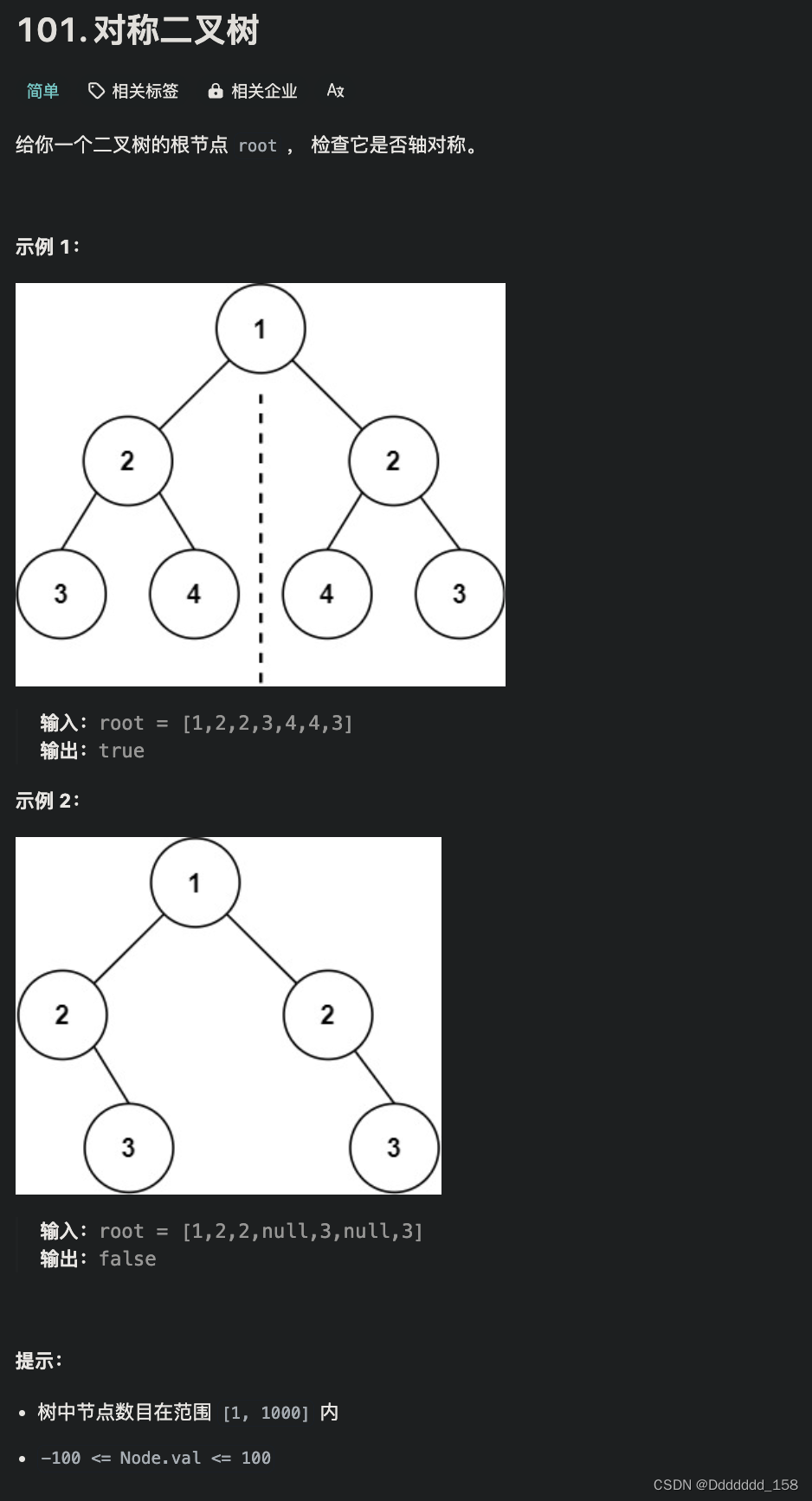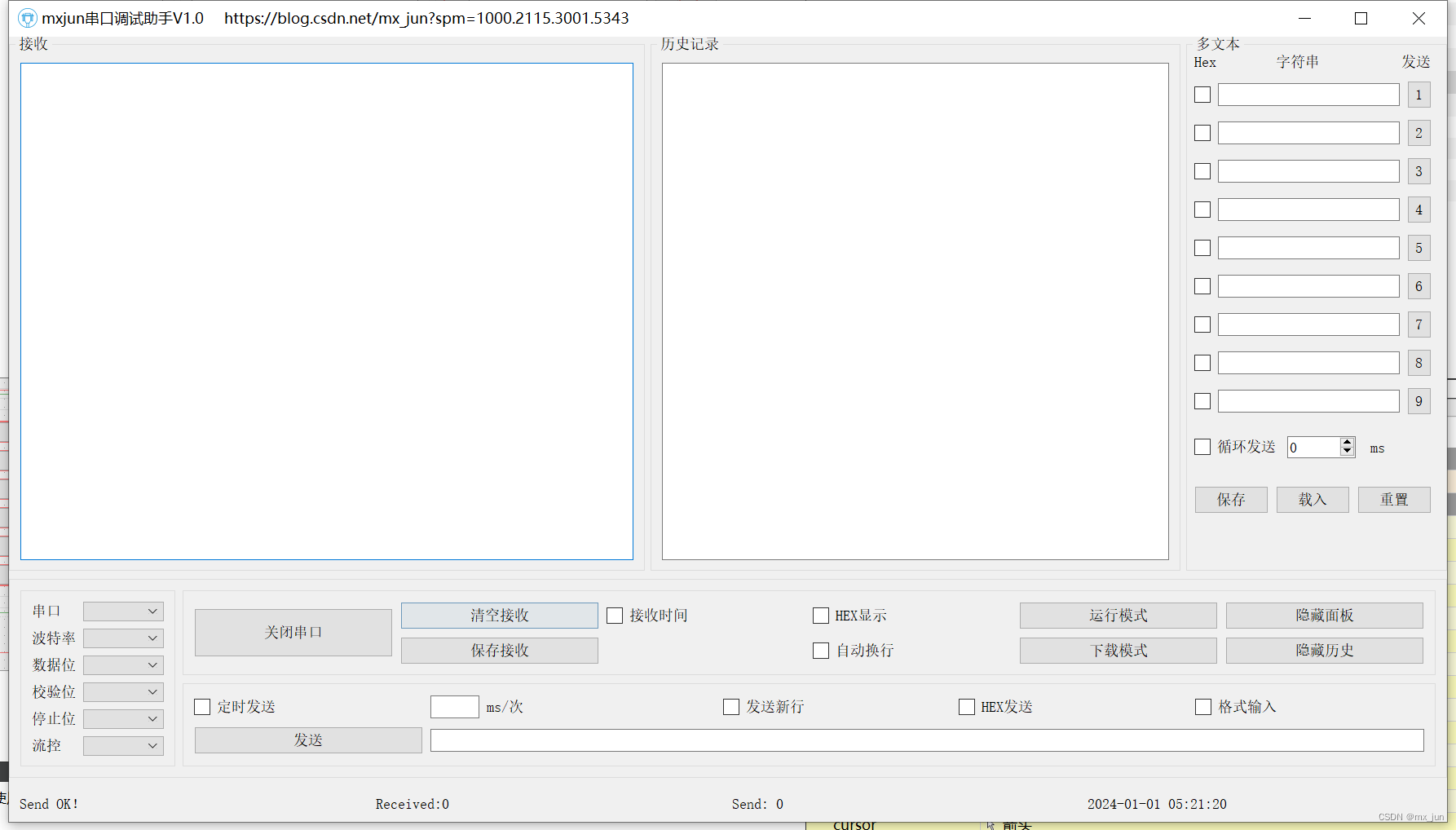一. 文本插值
普通文本可以使用双大括号 {{ }} ,要想插入 HTML,需要使用 v-html 指令。
<template>
<h1>Message: {{ state.msg }}</h1>
<p>{{ state.count + 1 }}</p>
<p>{{ state.rawHtml }}</p>
<p v-html="state.rawHtml"></p>
</template>
<script setup>
import { reactive } from 'vue'
const state = reactive({
msg: 'Hello World!',
count: 3,
rawHtml: '<a href="https://www.baidu.com">百度一下</a>'
})
</script>
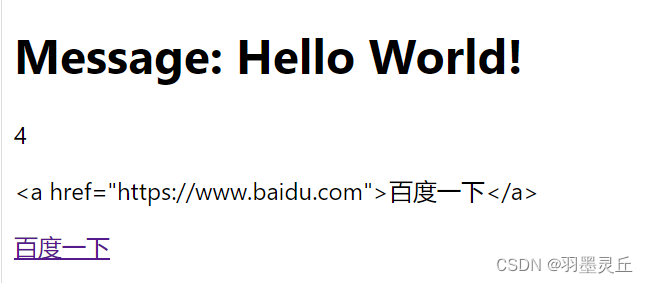
二. 条件渲染
v-if 指令用于条件性地渲染一块内容。这块内容只会在指令的表达式返回真值时才被渲染。
v-show 指令会在 DOM 渲染中保留该元素,只是会切换元素上 display 的 CSS 属性。
<script setup>
import { ref } from 'vue'
const type = ref("C")
</script>
<template>
<p v-if="type === 'A'">A</p>
<p v-else-if="type === 'B'">B</p>
<p v-else>C</p>
<p v-show="type === 'A'">A</p>
<p v-show="type === 'B'">B</p>
<p v-show="type === 'C'">C</p>
</template>

三. 列表渲染
v-for 指令可以基于一个数组来渲染一个列表,需要使用 item in items 形式的特殊语法,其中 items 是源数据的数组,而 item 是迭代项的别名。v-for 也支持使用可选的第二个参数表示当前项的位置索引。
<script setup>
import { reactive } from 'vue'
const items = reactive([{
title: 'How to do lists in Vue',
author: 'Jane Doe',
publishedAt: '2016-04-10'
}])
</script>
<template>
<ul>
<template v-for="(item, index) in items"> //列表
<li v-for="(value, key, idx) in item"> //对象
{{ index }}.{{ idx }} {{ key }}: {{ value }}
</li>
</template>
</ul>
</template>

四. Attribute 绑定
双大括号不能在 HTML attribute 中使用,想要响应式的绑定一个 attribute,应该使用 v-bind 指令,可以简写为 :。
v-bind 指令将元素的 attribute 与组件的属性进行绑定,如果绑定的值是 null 或 undefined,那么该 attribute 将会从渲染的元素上移除。
<template>
<p v-bind:id="state.id" :class="state.class">单一属性绑定</p>
<button :disabled="state.isButtonDisabled">点击一下</button>
<p v-bind="state.objectOfAttrs">多个属性绑定</p>
<p :[state.attributeName]="state.id">动态参数名</p>
</template>
<script setup>
import { reactive } from 'vue'
const state = reactive({
attributeName: 'id',
id: 'container',
class: 'wrapper',
isButtonDisabled: true,
objectOfAttrs: {
id: 'container',
class: 'wrapper',
}
})
</script>

五. class 与 style 绑定
Vue 专门为 class 和 style 的 v-bind 用法提供了特殊的功能增强。除了字符串外,表达式的值也可以是对象或数组。
<template>
<p class="static" :class="{ active: isActive, 'text-danger': hasError }">绑定对象</p>
<p :class="classObject">绑定一个返回对象的计算属性</p>
<p :class="[isActive ? activeClass : '', errorClass]">绑定数组</p>
<p :style="{ display: ['-webkit-box', '-ms-flexbox', 'flex'] }">样式多值</p>
</template>
<script setup>
import { ref, computed } from 'vue'
const isActive = ref(true)
const hasError = ref(false)
const classObject = computed(() => ({
active: isActive.value && !error.value,
'text-danger': hasError.value
}))
const activeClass = ref('active')
const errorClass = ref('text-danger')
</script>

六. 事件绑定
Vue 使用 v-on (简写为 @)指令来监听 DOM 事件,并在事件触发时执行相应的 JavaScript。
<template>
<p> {{count}} </p>
<button @click="add"> Add 1 </button>
<!-- <button @click="count++"> Add 1 </button> -->
</template>
<script setup>
import { ref } from 'vue'
const count = ref(0)
const add = (event) => {
count.value++
console.log(event.target) // 通过enent.target访问DOM元素
}
</script>
七. 表单输入绑定
在前端处理表单时,使用 v-model 指令将表单输入框的内容同步给 JavaScript 相应的变量。
<script setup>
import { reactive } from 'vue'
const state = reactive({
input: '',
textarea: '',
checked: true,
checkedNames: ['John', 'Mike'],
picked: 'two',
selected: 'A',
})
</script>
<template>
<p>输入框:{{ state.input }}</p>
<input v-model="state.input"/>
<p>多行文本:{{ state.textarea }}</p>
<textarea v-model="state.textarea" />
<p>单一复选框:{{ state.checked }}</p>
<input type="checkbox" v-model="state.checked" />
<label for="checkbox">{{ state.checked }}</label>
<p>多个复选框:{{ state.checkedNames}}</p>
<template v-for="item in ['Jack', 'John', 'Mike']">
<input type="checkbox" :value="item" v-model="state.checkedNames" />
<label :for="item">{{ item }}</label>
</template>
<p>单选按钮: {{ state.picked}}</p>
<template v-for="item in ['one', 'two']">
<input type="radio" :value="item" v-model="state.picked"/>
<label :for="item">{{ item }}</label>
</template>
<p>选择器:{{ state.selected}}</p>
<select v-model="state.selected">
<template v-for="item in ['A', 'B', 'C']">
<option>{{ item }}</option>
</template>
</select>
</template>
